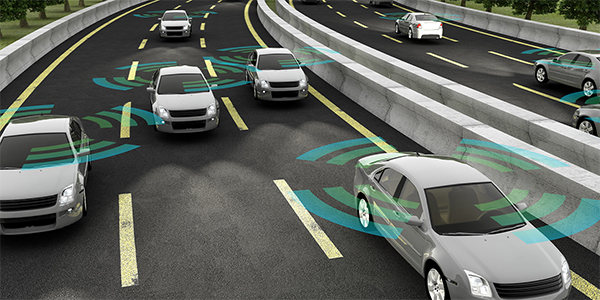The National Highway Traffic Safety Administration (NHTSA) has exercised its authority by issuing a standing general order requiring manufacturers and operators of vehicles equipped with SAE Level 2 advanced driver-assistance systems (ADAS) or SAE Levels 3-5 automated driving systems (ADS) to report crashes. This action will enable NHTSA to collect information necessary for the agency to play its role in keeping Americans safe on the roadways, even as the technology deployed on the nation’s roads continues to evolve.
“NHTSA’s core mission is safety,” said Dr. Steven Cliff, acting administrator for NHTSA. “By mandating crash reporting, the agency will have access to critical data that will help quickly identify safety issues that could emerge in these automated systems. In fact, gathering data will help instill public confidence that the federal government is closely overseeing the safety of automated vehicles.”
NHTSA’s order requires covered entities to report crashes that occur on public roads in the U.S. based on the following:
- Within one day of learning of a crash, companies must report crashes involving a Level 2 ADAS or Levels 3-5 ADS-equipped vehicle that also involve a hospital-treated injury, a fatality, a vehicle tow-away, an airbag deployment, or a vulnerable road user such as a pedestrian or bicyclist. An updated report is due 10 days after learning of the crash.
- Every month, companies must report all other crashes involving an ADS-equipped vehicle that involve an injury or property damage.
- Reports must be updated monthly with new or additional information.
- Reports must be submitted for any reportable crash, about which a company receives notice, beginning 10 days after the company is served with the order.
- Reports must be submitted to NHTSA electronically using a form that requires important information regarding the crash. NHTSA will use this information to identify crashes for follow-up.
The order requires vehicle and equipment (including software) manufacturers of Level 2 ADAS or Levels 3-5 ADS systems and vehicles and operators of ADS-equipped vehicles to report crashes where the Level 2 ADAS or Level 3-5 ADS system was engaged during or immediately before the crash.
These data will help the agency identify potential safety issues and impacts resulting from the operation of advanced technologies on public roads and increase transparency. Access to ADS data may show whether there are common patterns in driverless vehicle crashes or systematic problems in operation.
Level 2 ADAS is an increasingly common feature on many new vehicles and provides driver-assist functions that combine technologies, like lane centering assistance and adaptive cruise control, where the vehicle is able to control certain aspects of steering and speed. Drivers, though, must remain engaged and alert at all times when using these systems, as they are not designed and not able to perform critical operating components of the driving task. ADS-equipped vehicles, which are able to perform the complete driving task in limited circumstances, are not currently sold to consumers but are in limited use on public roads around the country for testing, ride sharing and goods delivery.
NHTSA’s oversight is not limited to the specified crashes discussed in the order or the information submitted under its reporting obligations. NHTSA’s review and analysis will include all information and incidents relevant to any potential safety defects. Additionally, NHTSA may take further actions on any individual crash, including sending a Special Crash Investigations team and requiring the company to provide additional information. NHTSA may also open defect investigations, as warranted.
For more information. click here.
This article is from BodyShop Business







